Who Created Ne Zha?
The most well-known Ne Zha is the one in “Fengshen Yanyi”, which is believed to be created by Xu Zhonglin in Ming Dynasty. There is also Ne Zha in “Journey to the West”, created by Wu Cheng’en also in Ming Dynasty. The 2019 popular movie “Ne Zha” was directed by Jiaozi, who was born in the 1980s…
In fact, the original image of Ne Zha may have come from a young Persian god in ancient times. Later in folklore, Ne Zha’s father was associated with the famous Tang dynasty general Li Jing, and Ne Zha became a young man in Chentangguan.
If you have some knowledge of ancient literature, you know that the evolution of Ne Zha is not an exception. Many classic characters have undergone multiple iterations by contemporary storytellers and writers over several dynasties before becoming brilliant roles.
Three years ago, Hozon Auto selected “Ne Zha” as its brand name. The day before yesterday (June 15th), Hozon Auto released a teaser for the “Chuang Media Communication Meeting”, with the slogan “Instead of putting users first in the press release, I invite you to give me guidance.” It can be inferred that Hozon Auto will mobilize user co-creation and continue the role of “Ne Zha” as a character co-created by the people.
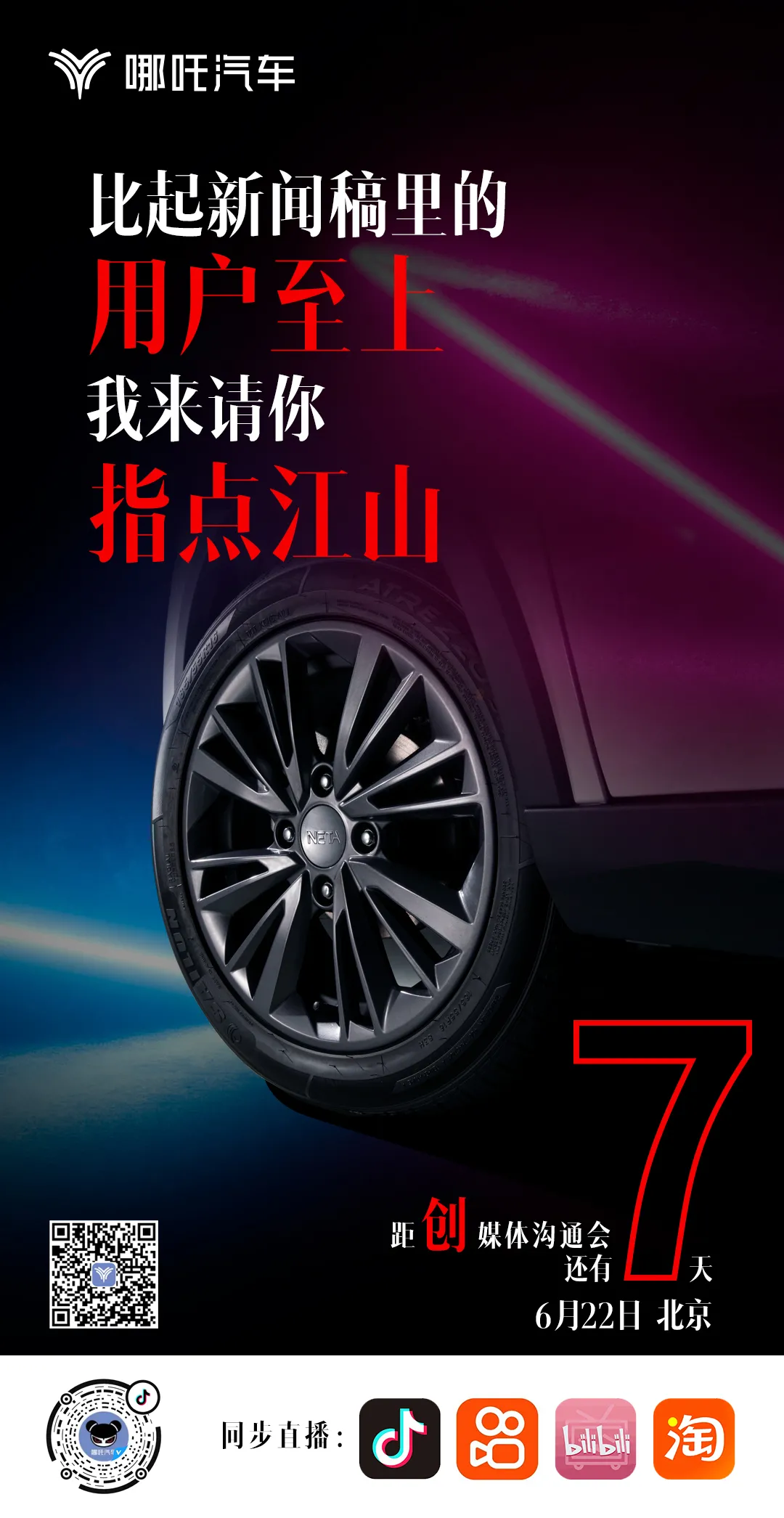
However, nowadays, there are countless brands that claim to be co-created with users. Is Hozon Auto just showing off?
Zhang Yong: Maker of Affordable Products
Recently, various electric vehicle companies have reported their sales for May. Hozon Auto sold 4,508 vehicles in May, second only to NIO and XPeng. “WE+HOZON”, the “top four in the new car forces”, has become a relatively fixed combination of new forces in the market.
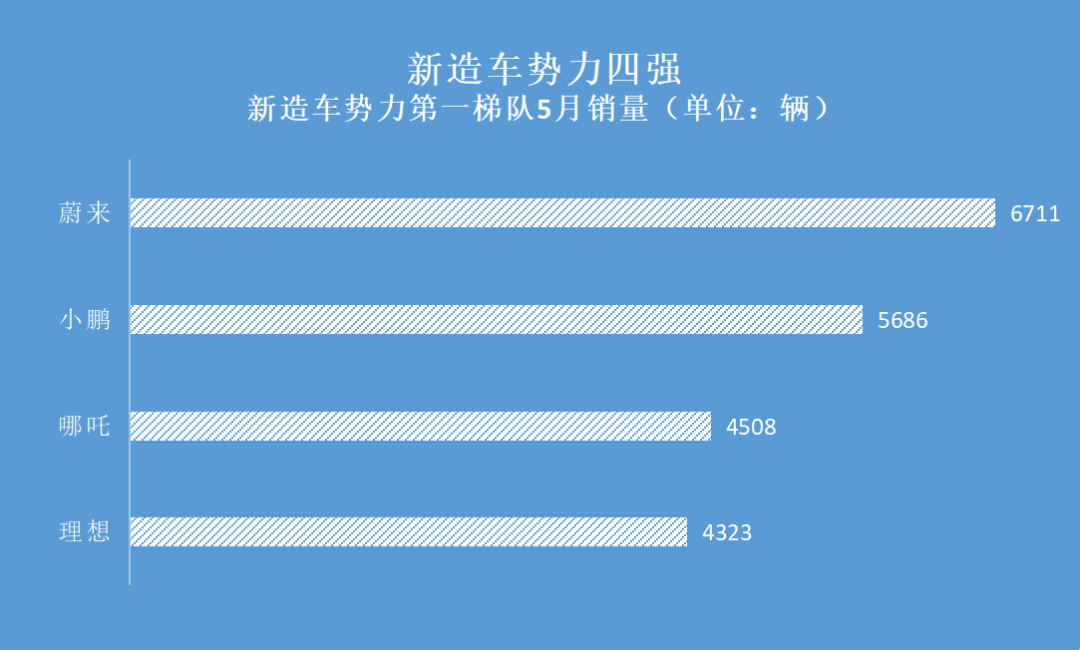
Many people may be surprised by Ne Zha’s outstanding performance, but industry experts in new energy vehicles are not surprised at all.
Zhang Yong, CEO of Hozon Auto, is not only a veteran of the new energy vehicle industry, but also a marketing expert who closely follows users and can grasp market trends.
He has worked for affordable brands such as Foton and Chery. From 2014 to 2018, he served as the General Manager of Marketing at BAIC New Energy, which once achieved four consecutive championships in pure electric vehicle sales volume.
Especially the EC180 model, which he strongly promoted, was a true bestseller, with annual sales once exceeding 70,000 units. The EC180 is a national car designed for the daily travel needs of ordinary people. Although it is not high-end, it is economical and practical. It is China’s first electric vehicle tailored for private consumption, and has achieved huge sales.Zhang Yong’s grasp of the real demand for electric vehicle consumption has been extended to NETA Motors
Amidst numerous Chinese companies launching products priced at over ¥200,000 or ¥300,000 and shouting “upward branding”, NETA Motors has locked its price range at around ¥100,000.
The NETA V, currently a popular model from NETA Motors, is priced between ¥59,900 and ¥75,900.
The NETA U Pro, an A+ level SUV, is priced between ¥99,800 and ¥159,800.
What is even more rare is that despite being affordable, they still possess the functions and experience of the intelligent electric vehicle era.
Take the NETA V, for example, the entire lineup includes OTA system upgrades, keyless entry, intelligent search, and remote vehicle control. The model priced from ¥62,900 also comes with a 13-inch intelligent central control screen and an intelligent networking system. The model priced from ¥75,900 has multiple functions for intelligent driving assistance.
“Our mission is to make mass market products intelligent,” Zhang Yong once said to Electric Vehicle Observer. Within the ¥100,000 price range, NETA Motors has injected the latest technologies of electrification, intelligence, and networking to create superior value for these consumers.
The Four Dragons, NETA is Affordable
In May, the “four emerging Chinese electric car brands” almost precisely divided the current electric vehicle market based on price.
Nio, Xpeng, Li Auto, and NETA basically correspond to the following price ranges: ¥400,000+, ¥300,000+, ¥200,000+, and ¥100,000+.
These four companies are not lacking in competition in the corresponding price ranges. Automotive consumption has already started to fully electrify, and there are numerous products in every price range. What these four companies have in common is that they have created value and experience beyond their corresponding levels with the same level of pricing. The emergence of the “four emerging Chinese electric car brands” is not accidental and they also converge on a path of their own.
Take the NETA V for instance, which is already the sales champion of A0-level pure electric vehicles. Compared to other competitors, NETA V has outstanding appearance, intelligent functions, and cost performance, also earning it the nickname “Mini Model 3”.Currently, there are four leading new carmakers in the market and they are all doing well. How much market share do they have in the EV market?
The market share of pure electric vehicles in different price ranges depends on how much market share they can take from fuel-powered cars. Among the four price ranges of 400,000+, 300,000+, 200,000+ and 100,000+, the 100,000+ range is undoubtedly the largest market. According to research by the China Passenger Car Association, vehicles priced between 80,000-120,000 RMB have consistently accounted for more than one-third of the market. Based on the annual production and sales of 20 million passenger cars in China, this is a market of over 6 million units.
Now, electric vehicles have stepped out of the restricted cities and are directly competing with fuel-powered cars in markets without policy advantages.
2016-2019 China’s Market Automotive Sales Price Structure
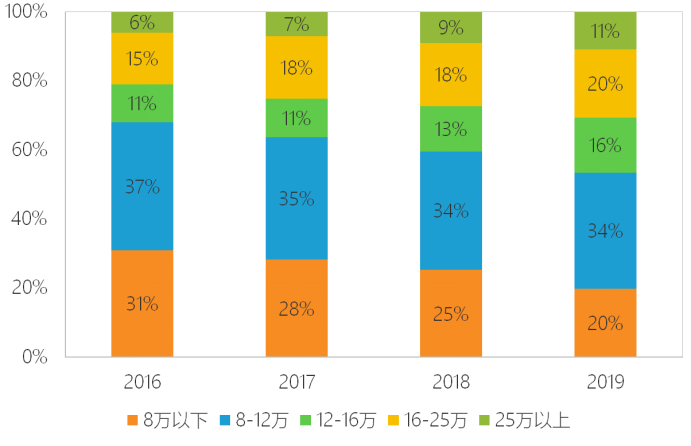
NIO has also noticed this and directly put forward the slogan of “hardpowering fuel-powered cars”, competing with the same-level fuel-powered cars in terms of price. Currently, the best-selling A0 level fuel-powered car is the Honda Fit, with an official retail price of 81,800-105,800 RMB, and dealers offer discounts of about 8,000 RMB. The starting price of NIO ET7, a pure electric vehicle, is 599,000 RMB, which is much cheaper in comparison.
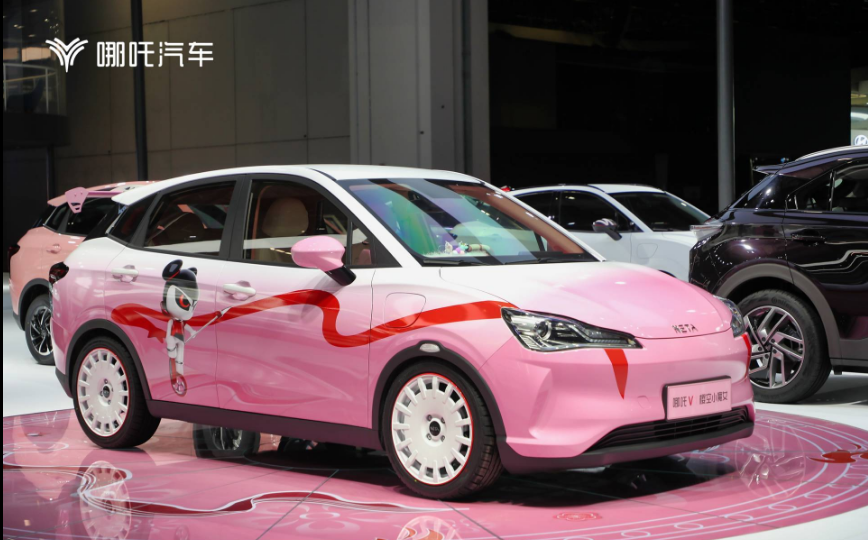
As a result, although it is an electric vehicle, NIO ET7 is not only purchased by people in restricted cities, but also sold across the country. According to the number of insurance registrations in the first four months of this year, sales of the NIO ET7 are distributed in 191 cities across the country. In addition to restricted cities such as Shanghai and Hangzhou, NIO ET7 is also popular in Nanning, Taizhou, Zhengzhou, Chengdu, Wenzhou, Jining and other cities, where there are both developed and underdeveloped areas. Similar to the mythical figure NETA, NIO ET7 has penetrated the geographical restrictions and become a car that many ordinary people like.
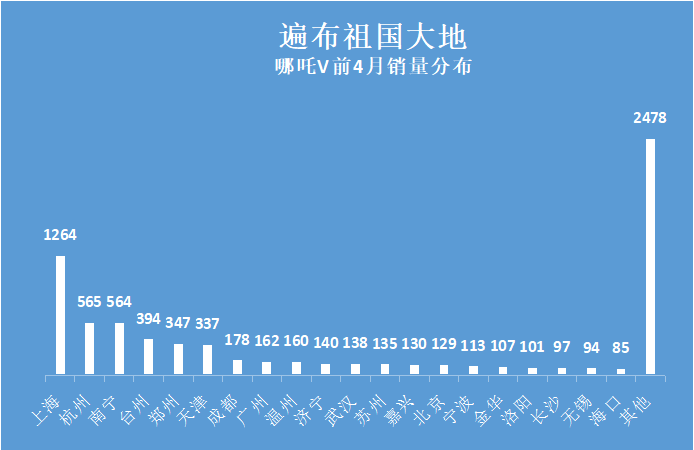
The Collaboration of Product Managers for the People
Although NIO has always been a steady operator and an early manufacturer among new carmakers, it has not been “sexy” enough, unlike NIO, which naturally has the concept of Internet made cars.
This is because although the automotive industry has been learning about Internet thinking, the development, operation and service of Internet products are ultimately separated by a layer.NETA is a character in mythology, chosen by Zhang Yong as a brand name because it is easy to understand and remember, saving a lot of advertising costs. In legend, NETA actually died once, but was later resurrected by his master Taiyi Zhenren who used lotus roots as bones and lotus leaves as flesh.
Recently, NETA Auto has completed a “genetic recombination” rebirth.
On May 11th, 360 Group strategically invested in NETA Auto and after completing all the investment, it will become the second largest shareholder of NETA Auto. “Cooperating with 360, NETA Auto will draw on the advantages of Internet genes, integrate and reorganize with automobile DNA. At the same time, in terms of intelligent interconnection, 360 will also provide full-range empowerment for NETA Auto.” said Zhang Yong.
One is the gene of automobiles, and the other is the gene of the Internet, but both sides have the gene of populism.
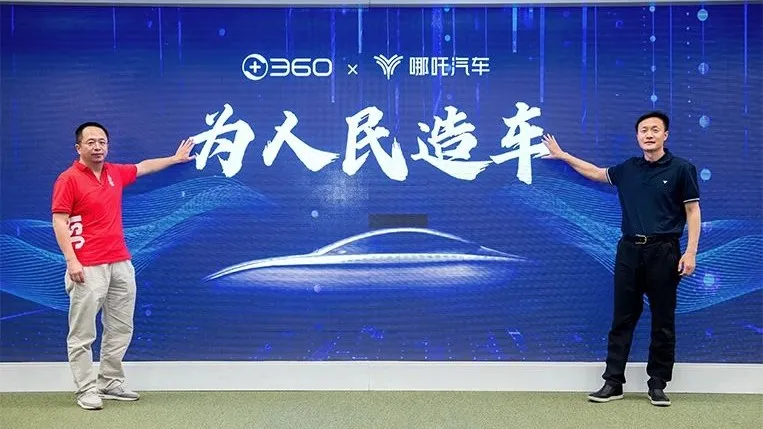
At the strategic press conference announcing the investment, Zhou Hongyi, Chairman of 360, stated that 360’s cooperation with NETA is not to make luxury cars, but to hope to create intelligent new energy vehicles that ordinary people feel they can afford, and to create cars priced around 100,000 yuan. “The human-machine interaction experience of future intelligent cars priced around 100,000 yuan will be no different from that of a 2 million yuan Maybach.”
At the press conference, Zhou Hongyi and Zhang Yong joined hands to launch the slogan “making cars for the people”. This slogan is not abrupt, and is in line with Zhou Hongyi’s personal image.
Zhou Hongyi, nicknamed “Red Robe Master” and “Zhou the Cannon,” is well-known among netizens. The reason is that during his tenure at 360, he created a free mode for Internet products, “killing rogue software and opening free antivirus software”, which led to massive users and a good reputation for 360 antivirus software.
The nickname “Cannon” comes from his bold criticism of things he doesn’t like, and his starting point is often for ordinary netizens.
In 2017, an article called “The People Miss Zhou Hongyi” went viral. Zhou Hongyi mentioned this: “The people miss me, and I want to create good cars for the people.”
At the press conference, Zhou Hongyi announced a new identity: the product manager of NETA Auto, and will collaborate with Zhang Yong to form a new “product manager CP” for NETA Auto, jointly building ultimate intelligent cars driven by users and experience.
Zhou Hongyi also promised at the same time that 360 will serve NETA Auto as a strategic investor in a long-term, continuous, and all-round manner.
360’s blessing will make NETA Auto more determined in intelligent car research and development and popularization. On June 10th, Zhang Yong made a speech at the China Auto Bluebook Forum, saying that the ultimate of intelligent cars will be formed in eight to ten years, but the pattern in three to five years is basically clear. “So in the next three to five years, we will make saturated investment in the racing fields and areas we choose to have presence in.”The so-called “saturated investment,” he said: “to invest 100 billion and employ 1,000 people to research smart cars, ensuring that NETA automobiles have a place in the smart car field.”
Zhang Yong did not elaborate on the specific direction of the 1,000 employees and the 100 billion investment, but from Zhou Hongyi’s statement at the previously held Qihoo 360 strategic conference, we can see the direction that NETA will take.
Zhou Hongyi said, “New energy smart cars are a complete subversion and revolution of the traditional automobile industry. The ‘essence’ of this revolution is technological equality.” The so-called technological equality refers to the use of digitization to enable everyone to equally enjoy the intelligent driving experience brought by cutting-edge technology, mainly including six aspects of driving performance, seating space, human-vehicle interaction, usage cost, service quality, and intelligent safety.
These six aspects, except for space, cost, and service, are closely related to intelligence. The core competitiveness of future smart electric vehicles is no longer in electrification or manufacturing, but more in the product’s intelligent attributes.
The upcoming “Media Communication Meeting” of NETA Auto on June 22nd should further demonstrate NETA Auto’s concept of making cars for the people. Nowadays, with the advent of mobile internet, manufacturers and consumers are almost zero-distance from each other. NETA Auto invites users to “give guidance” – can it continue the good story of the people’s joint creation of NETA?
This article is a translation by ChatGPT of a Chinese report from 42HOW. If you have any questions about it, please email bd@42how.com.